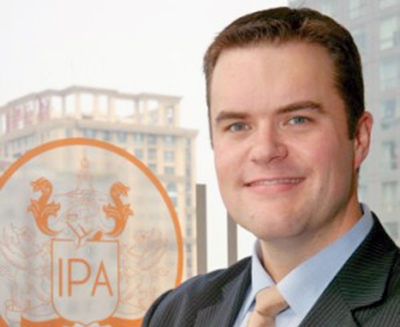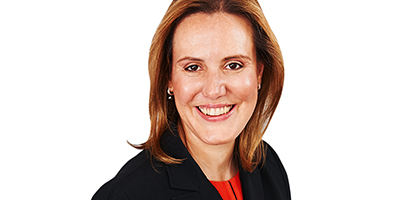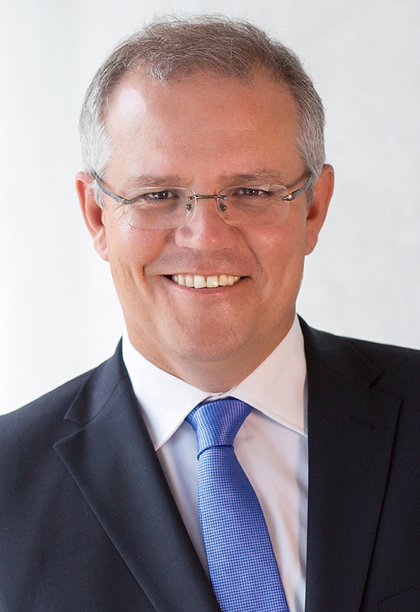IPA calls for government VC support
THE Institute of Public Accountants’ (IPA) pre-Budget 2018-19 submission in January recommended that the Federal Government introduce a publicly-supported venture capital (VC) fund to enhance the entrepreneurial environment in Australia.
“The VC fund could be established by either providing a significant proportion of funds to assist VC managers to attract other institutional investors to publicly-supported VC funds or by becoming an institutional investor in a range of individual VC funds,” IPA chief executive officer, Andrew Conway said.
“This level of support by government to small business equity finance will improve the entrepreneurial environment in Australia and act as a catalyst in identifying and overcoming hurdles to successful and profitable investment. 
“Many young firms face funding problems, particularly in uncertain technological or new knowledge environments because of their unattractiveness to bank lenders.
“It is a lost opportunity to the Australian economy when innovative firms with high commercial potential are constrained by the absence of external finance,” Mr Conway said.
“Any government with a strong commitment to economic growth via research and development and investment which facilitates greater enterprise and innovation activity must ensure that early-stage venture capital finance remains available to high potential, young firms.
“Otherwise, we risk a reduction in new commercialisation opportunities stemming from national investments in science and technology,” Mr Conway said.
ends

 How to resolve AdBlock issue?
How to resolve AdBlock issue? 




